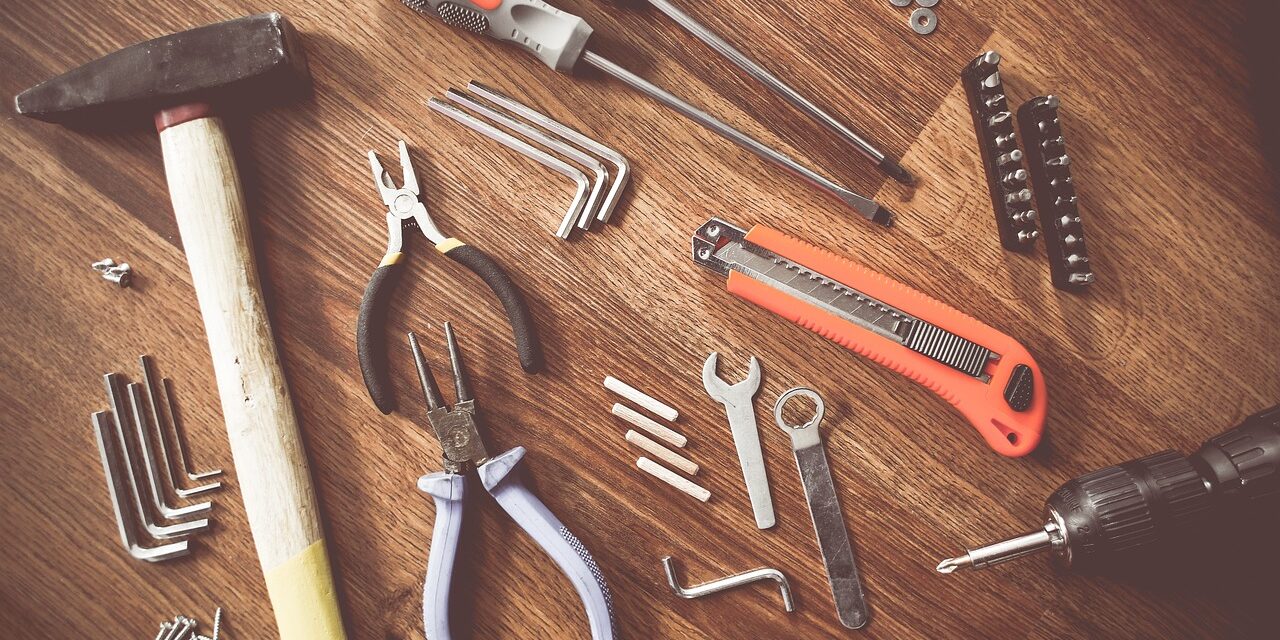VAT Notes for Construction Industry Businesses – VAT on the Domestic Reverse Charge and Common Zero-Rated Applications
Domestic Reverse Charge
This was introduced in April 2021 as an attempt to prevent VAT fraud in the construction industry. This introduced the concept of END USER as being important when accounting for VAT. Because building work often involves building contractors, subcontractors and customers, the end user is the last person in the supply chain which is the customer.
Work in the construction industry can be summarised into 2 broad categories:
Providing Construction Work Directly for a Customer
In this instance the normal rules apply so, if you are a new business and your turnover exceeds £85,000 per annum, you need to register for VAT if not done so already and apply Vat at 20% on your total bill. The invoice would be recorded on the quarterly VAT return and the customer will pay the full amount including VAT. If the customer is VAT registered, they will be able to claim the VAT amount on their own return.
Working in the Construction Industry Not Directly for a Customer
In this common scenario a business (A) that is both registered for VAT and the HMRC construction industry scheme as a building contractor, may work for another larger building contractor (B) and employ sub-contractors (C). Here the End User is not being billed by business (A) and the new Domestic Reverse Charge applies.
Business A should state on its invoice to business B that it is invoicing under the domestic reverse charge and state the VAT amount (usually at 20%) but not include the VAT element in the total invoice to business B. Business B will then pay business A the amount excluding VAT.
The subcontractor C should do the same when raising an invoice to business A for its work. With appropriate accounting software, the VAT element will be reflected on business A’s VAT return but with no output or input VAT payable.
For existing businesses this will appear strange and cash flow will be affected because business A will receive less actual cash from business B. Although business A is in the same VAT position overall, it might be wise to register for monthly VAT returns to improve cash flow. Please note that when purchasing building materials, input Vat will still be claimed as before, it is just the labour element that is affected.
Modern VAT accounting software should be able to cope with the domestic reverse charge, but careful thought is needed every time a VAT invoice is raised.
Please note this is a very simplified overview aimed at the most common situations and there may be other complications. There is a long list of trades that are within the HMRC Construction Industry Scheme and registration is required.
The Zero-Rated VAT Charge on New Residential Buildings
You may not have to charge VAT on labour or building materials for work you do on a new house or flat but still be able to claim input VAT in full.
What Counts as New
For work to be zero-rated for VAT, it must qualify as a genuinely new, self-contained house or flat. This means:
- it’s self-contained – there are not any internal doors or connections to other houses or flats
- it can be used independently of any other property, including businesses
- it can be sold on its own
- it has proper planning permission
- any existing buildings on the site have been demolished completely to ground level (unless you’re extending an existing building to create a new house or flat)
A Qualifying Building Can Be a Building:
- designed as a dwelling
- that will be used solely for a relevant residential purpose
- that will be used solely for a relevant charitable purpose or as a village hall
Please note it is always advisable to seek advice before assuming that a building project will be zero-rated for VAT. Although the above principles are correct there are still many pitfalls in this area.
Do contact us if you require any further clarification.







